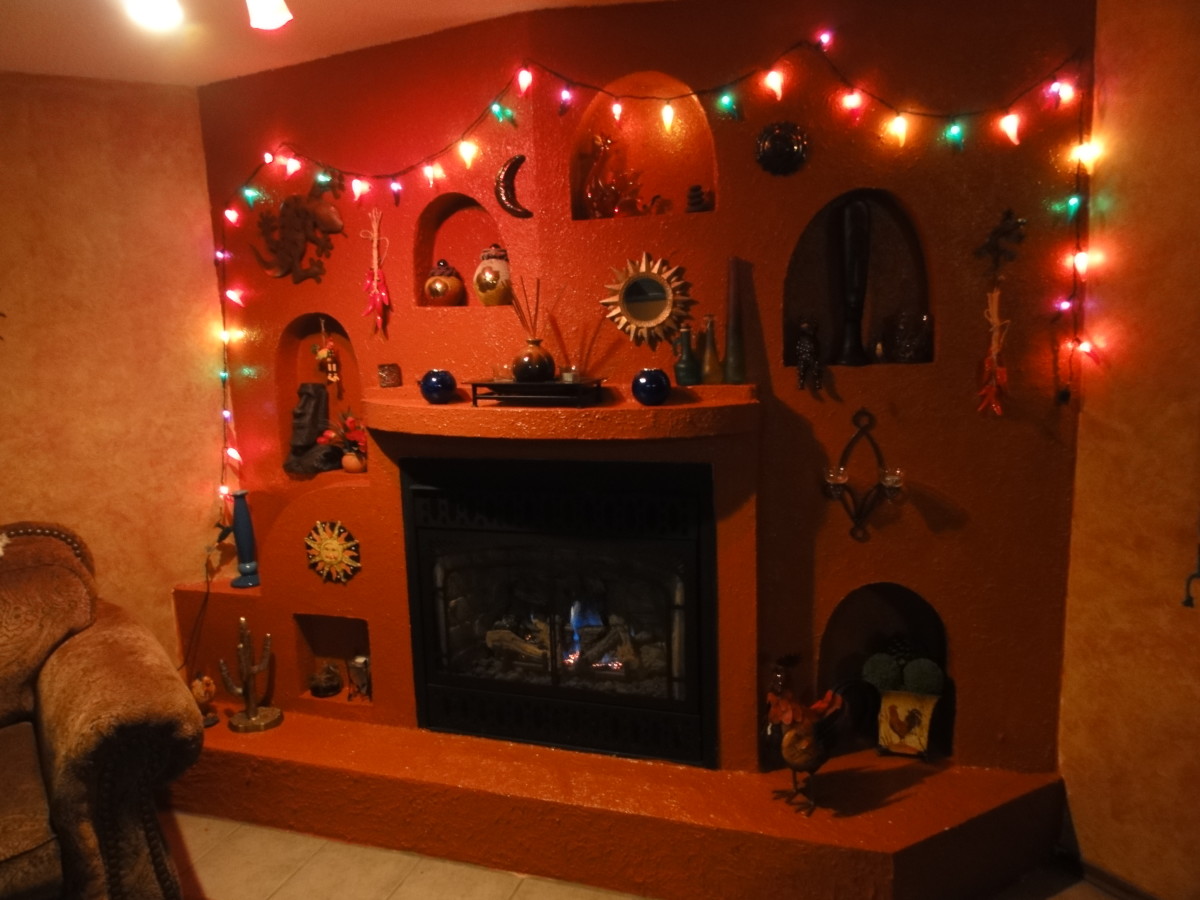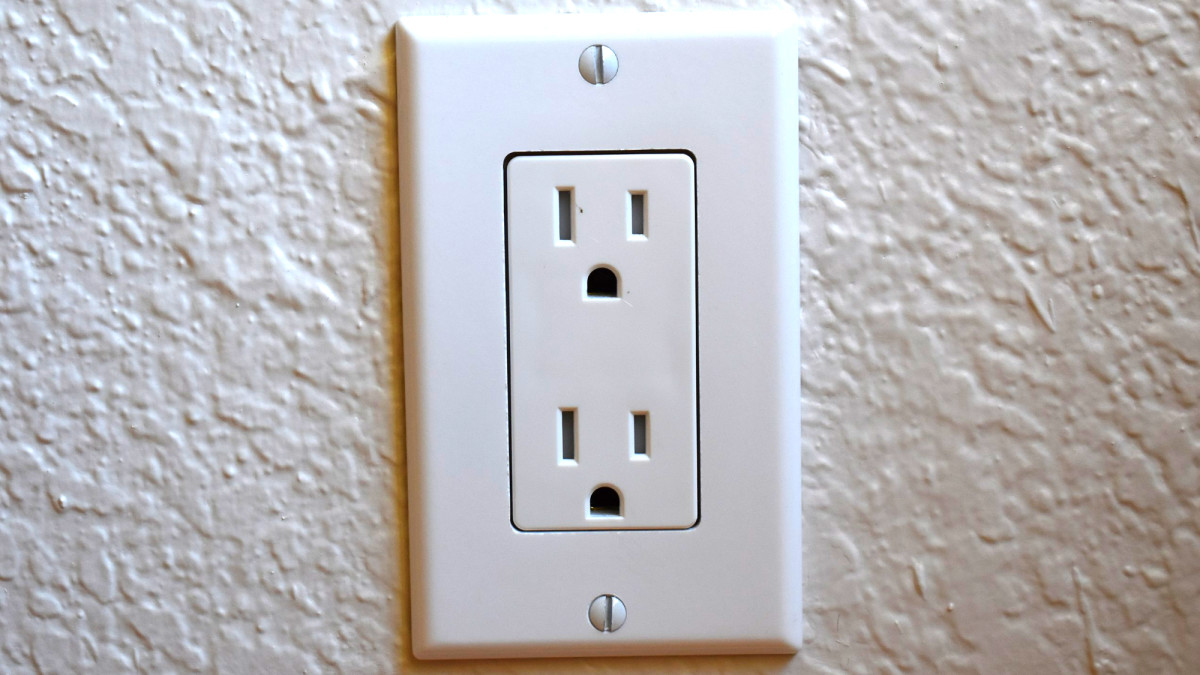Rotozip Rotary Tool My New Best Friend.

Rotozip Is An Excellent Rotary Tool
Rotozip is a drywall router/cut out saw. Instead of using a keyhole saw you use this tool on your drywall. Depending on the tools bit you use, you can use your cut out saw on flooring, tile and all sorts of materials.
There are other types of drywall routers/cut out saws available from different companies. The ones that come to mind are Dremel, DeWalt, Bosch. I am sure most tool manufacturers have their own version of a rotary cut out tool.
I purchased a Rotozip so I can only speak on that one.
I am purchasing tools on a regular basis and it is the best tool I have purchased in a long time.
Currently I am developing my basement and am just about finished installing the gyproc or some call it drywall.
I used a keyhole saw for years to cut out outlet light and switch boxes. I would also use a keyhole saw for openings in doorways. Well thank you to the tool gods above, the Rotozip drywall router is such a cool little tool. It far exceeds any expectations I had before using it.
Do you own a Rotozip?
Do you currently own a Rotozip or rotary tool already?
What Does A Rotozip Do?
You measure your board and mark where your cut out needs to be ( I mark the spot in two spots with a vertical and horizontal measurement and then use an actual box to trace where I need to cut) and turn on your rotozip and hold it at a 45 degree angle against the board and press the bit against the board and as it starts to cut through you straighten the rotozip out.
A drywall router cuts using a bit that is basically the same as a drill bit except it cuts with the spiral part of the bit on the shaft instead of sticking a drill bit head first against the wood or whatever and drilling.
Okay back to cutting your drywall. So you have poked your rotozip through your drywall. You need to hold on tight because that little sucker rotates at 33000 rpm.
I like to move the saw clockwise following my markings. Takes no time at all and you are done.
What Does A Rotary Tool Cost?
I talked to a friend who works in the trades and he said some boarders put the board up and then cut the hole out around the box.
Well that sounds like an even faster way to do it but I do not want to chance cutting into an electrical wire and zapping myself or starting to cut and realize I am no where near where the box is. Let me tell you I enjoy boarding, but taping and mudding?? Not so much.
I have used one bit so far for this job and I am almost done my whole basement. I can tell the bit is getting a bit dull so I just adjust the depth of it to find a sharper spot on the bit to cut with.
You also get a few different size shafts you can use on the rotozip so you can use different size diameter bits.
I paid $80.00 for mine and it has about a 6’ cord. I have seen them priced as high as $202.99 on an Amazon ad online.
This is an Updated Version of the One I Own
Need One With A Super Long Cord?
I have seen one with a 50’ cord which would be great if you don’t want to take it into which ever room you are working on and plugging it in. I just used an extension cord and it works great.
You can also get cordless drywall routers. That would be a great route to take but only if your router comes with 2 batteries. I would never buy another power tool unless it has two batteries. That’s another story.
So if you are considering a drywall router or cut out tool I highly recommend a Rotozip. I am sure there are many other great versions out there as well.
© 2010 Grant Handford









